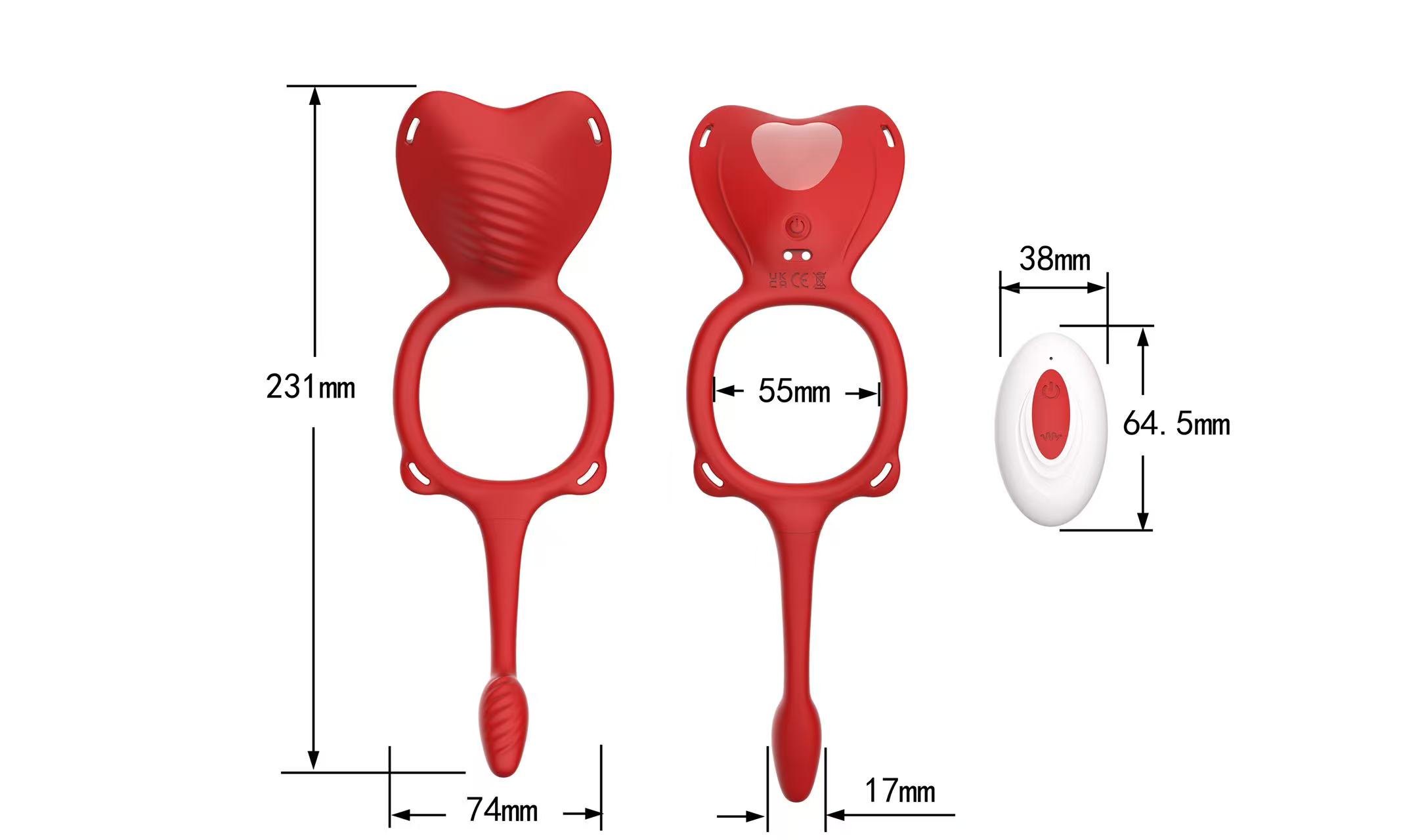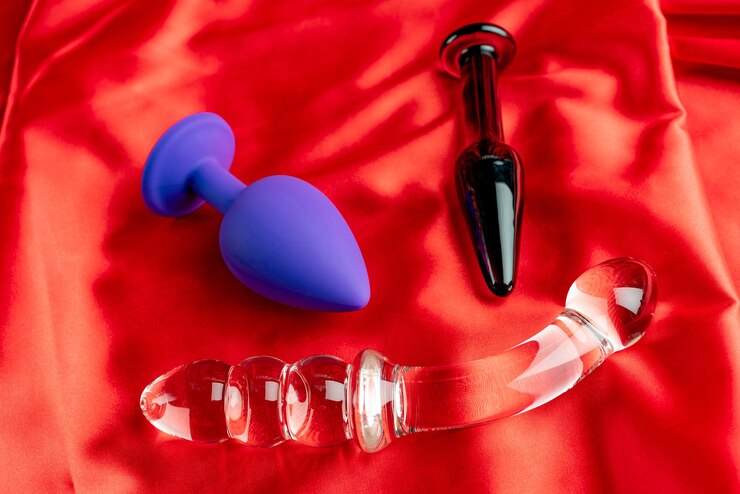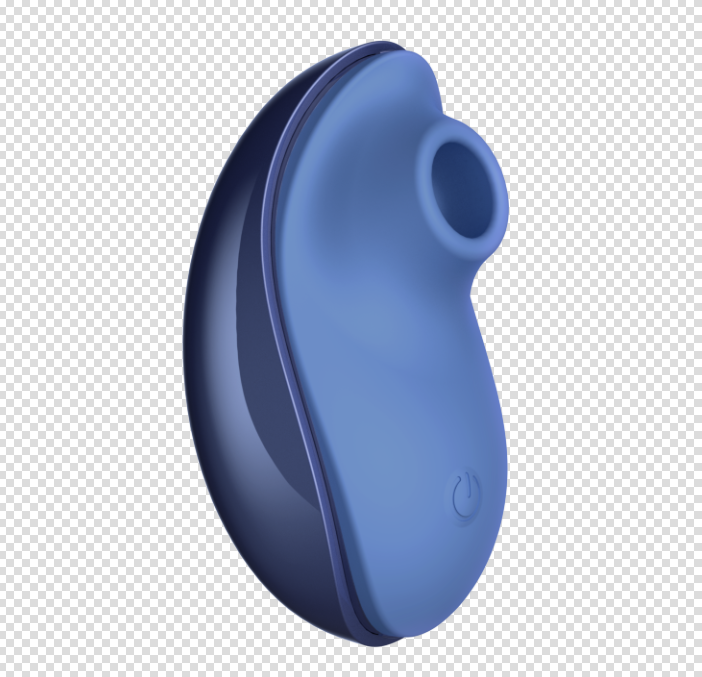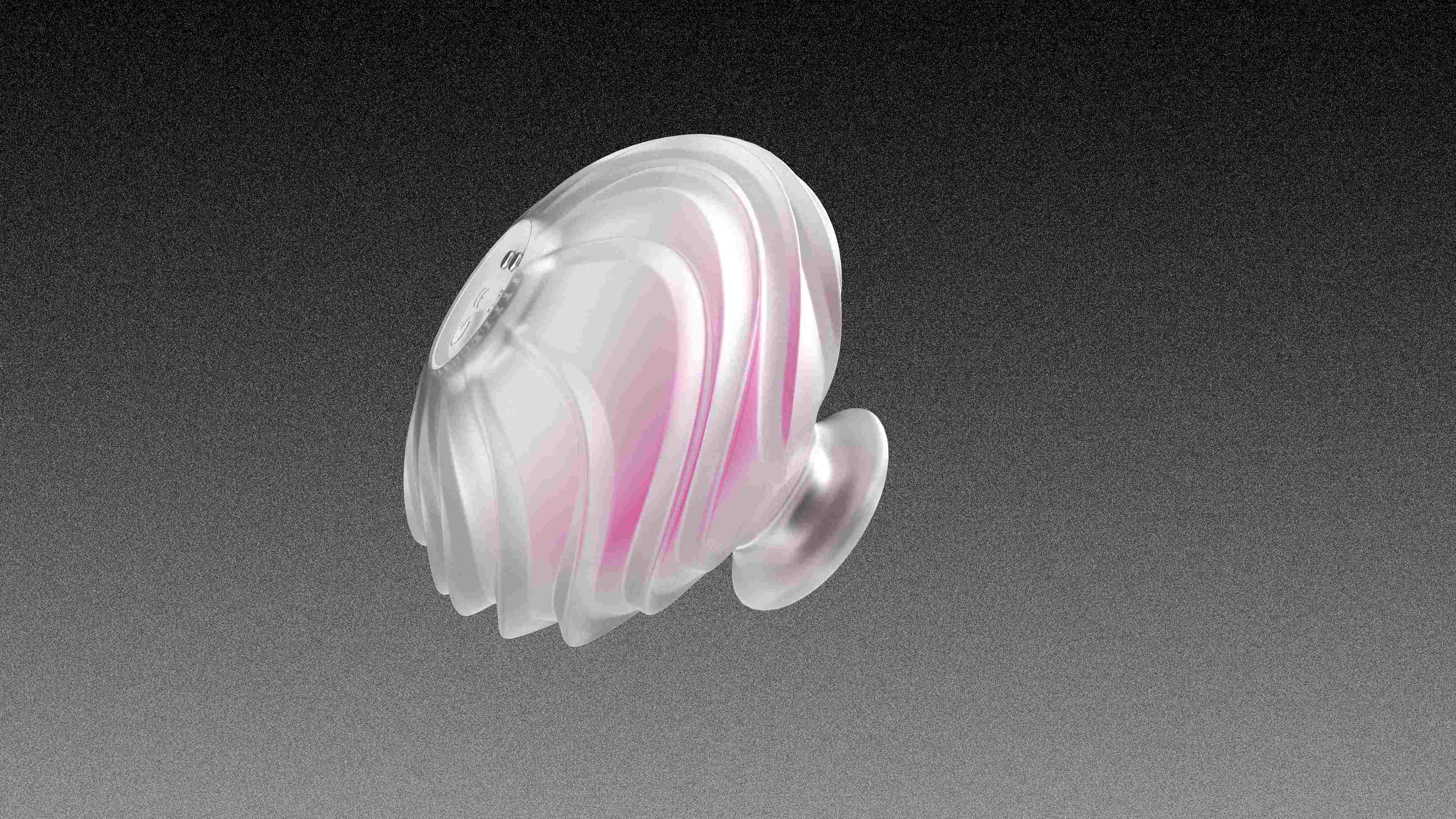Which Adult Toy Material Is Best for You?
Problem: Choosing the right material for adult sex toys can feel overwhelming. With so many options like silicone, PVC, TPE, TPR, glass, and metal, how do you know which is safe, comfortable, and worth the price? Using the wrong material can lead to discomfort, health risks, or a toy that breaks down quickly, wasting your investment.
Solution: This guide breaks down the pros and cons of each material to help you make informed decisions for your adult toy purchases.
For adult toy buyers, retailers, and newcomers, the most common materials are silicone (used in vibrators, prostate massagers, dolls, and masturbators), PVC (primarily for dildos), TPE/TPR (for dolls and masturbators), glass (for non-vibrating massagers and anal plugs), and metal (for anal plugs and cock cages). Each material has unique qualities affecting comfort, safety, care, durability, and cost. Silicone is often the gold standard for its safety and versatility, while others like PVC or TPE may be more budget-friendly but come with trade-offs.
Want to dive deeper into how these materials stack up for rabbit adult toys, lesbian adult toys, or adult toys for beginners? Keep reading for a detailed analysis.
Why Material Matters for Adult Toys
Selecting the right material ensures comfort, safety, and longevity. Below, we analyze silicone, PVC, TPE/TPR, glass, and metal based on comfort, safety, care, lifespan, and price.

1. Silicone: The Industry Favorite
Silicone is a non-porous, body-safe material widely used in vibrators, prostate massagers, dolls, and male masturbators.
Comfort: Silicone feels soft yet firm, mimicking skin for a natural experience. It warms to body temperature, enhancing comfort for adult toys for him and her.
Safety: Medical-grade silicone is hypoallergenic and free from harmful additives like phthalates. However, low-quality silicone may contain fillers, so buy from reputable brands. The “burn test” myth—claiming silicone doesn’t burn—is misleading. Silicone doesn’t melt like plastic but turns brittle or ashy at high temperatures (above 200°C), per silicone manufacturers. Always verify with trusted suppliers.
Care & Storage: Non-porous silicone is easy to clean with soap and water or toy cleaners. Store separately to avoid contact with other materials, as silicone can degrade TPE/TPR.
Lifespan: High-quality silicone lasts years with proper care, making it ideal for long-term use.
Price: Moderately expensive but worth the investment for safety and durability.
User Insights: Forums like Reddit emphasize silicone’s versatility for lesbian adult toys and rabbit adult toys due to its flexibility and smooth texture. Buyers praise its durability but warn against cheap knockoffs.

2. PVC: Budget-Friendly but Questionable
PVC (polyvinyl chloride) is a plastic commonly used for dildos due to its low cost and moldability.
Comfort: PVC can feel rigid or overly soft, depending on additives. It’s less skin-like than silicone, which may reduce comfort for prolonged use.
Safety: PVC often contains phthalates, which are linked to health risks. Non-phthalate PVC exists but is less common. Its porous nature can harbor bacteria, making thorough cleaning essential.
Care & Storage: Clean with soap and water, but porosity means bacteria may linger. Store away from other toys to prevent chemical reactions.
Lifespan: PVC toys degrade faster than silicone, especially with heavy use, lasting 1–3 years.
Price: Very affordable, appealing to adult toys for beginners or budget-conscious buyers.
User Insights: Google searches and forum discussions highlight PVC’s affordability but caution against its safety risks. Retailers note it’s popular for entry-level dildos but less so for premium markets.

3. TPE/TPR: Soft and Affordable
TPE (thermoplastic elastomer) and TPR (thermoplastic rubber) are soft, flexible materials used in dolls and male masturbators.
Comfort: TPE/TPR feels plush and skin-like, ideal for realistic sensations in masturbators and dolls. However, it can feel sticky without powdering.
Safety: TPE/TPR is porous, posing a risk of bacterial growth if not cleaned properly. It’s generally phthalate-free but may contain additives. The burn test shows TPE burns easily, unlike silicone, which helps identify it. Always buy from trusted sources to avoid harmful fillers.
Care & Storage: Clean thoroughly with soap and water; some recommend cornstarch to maintain texture. Store separately, as TPE/TPR can react with other materials.
Lifespan: Shorter than silicone (1–2 years) due to porosity and degradation.
Price: Cheaper than silicone, making it popular for budget dolls and masturbators.
User Insights: Forums praise TPE’s softness for male masturbators but stress rigorous cleaning. Buyers of adult toys for beginners like its low cost but note it wears out faster.

4. Glass: Elegant and Durable
Borosilicate glass is used for non-vibrating massagers and anal plugs, especially for women.
Comfort: Glass is smooth and slick, offering a unique sensation. It’s ideal for temperature play (warm or cool it safely). However, its hardness may not suit everyone.
Safety: Non-porous and hypoallergenic, glass is body-safe and free from additives. Ensure it’s borosilicate to avoid cracking under temperature changes.
Care & Storage: Clean with soap and water or sterilize by boiling. Store in a padded case to prevent chips or cracks.
Lifespan: Nearly indestructible with proper care, lasting a lifetime.
Price: Moderately priced, offering great value for durability.
User Insights: Google trends show glass is popular for lesbian adult toys and anal plugs due to its aesthetic appeal and hygiene. Users love its versatility but note it’s not beginner-friendly due to rigidity.
5. Metal: Premium and Intense
Stainless steel or aluminum is used for anal plugs and cock cages, often for men.
Comfort: Metal is smooth and heavy, providing intense sensations. Like glass, it supports temperature play but may feel too firm for some.
Safety: Non-porous and hypoallergenic, metal is extremely safe. Ensure it’s high-quality stainless steel to avoid nickel allergies.
Care & Storage: Clean with soap and water or sterilize. Store in a padded case to prevent scratches.
Lifespan: Virtually indestructible, lasting decades.
Price: Expensive, reflecting its premium quality and longevity.
User Insights: Forums highlight metal’s appeal for BDSM enthusiasts and anal plug users. Its weight and durability are praised, but the high cost deters some beginners.
Comparing Materials for Your Needs
- Best for Comfort: Silicone and TPE/TPR lead for their skin-like feel. Silicone suits vibrators and prostate massagers, while TPE/TPR excels in dolls and masturbators.
- Best for Safety: Silicone, glass, and metal are non-porous and hypoallergenic, making them safest. Avoid PVC and low-quality TPE unless certified phthalate-free.
- Best for Care: Glass and metal are easiest to clean and sterilize. Silicone is simple but needs separate storage. TPE/TPR and PVC require extra effort due to porosity.
- Best for Lifespan: Glass and metal last forever. Silicone lasts years, while TPE/TPR and PVC degrade faster.
- Best for Price: PVC and TPE/TPR are cheapest, followed by silicone and glass. Metal is priciest but offers unmatched durability.
Industry Insights for Buyers and Retailers
As a manufacturer, we prioritize international quality standards like ISO 3533 for sex toy safety. Silicone dominates due to its versatility and consumer trust, especially for rabbit adult toys and lesbian adult toys. However, TPE/TPR is gaining traction for budget-conscious markets, particularly in male masturbators. Glass and metal cater to niche, high-end buyers. Retailers should stock a mix of materials to meet diverse needs while educating customers on safety and care. Newcomers to the industry should focus on reputable suppliers to avoid low-quality materials that harm brand reputation.
Conclusion
Choosing the right material for adult sex toys depends on balancing comfort, safety, care, lifespan, and price. Silicone, glass, and metal offer the best safety and durability, while PVC and TPE/TPR are affordable but require caution.




